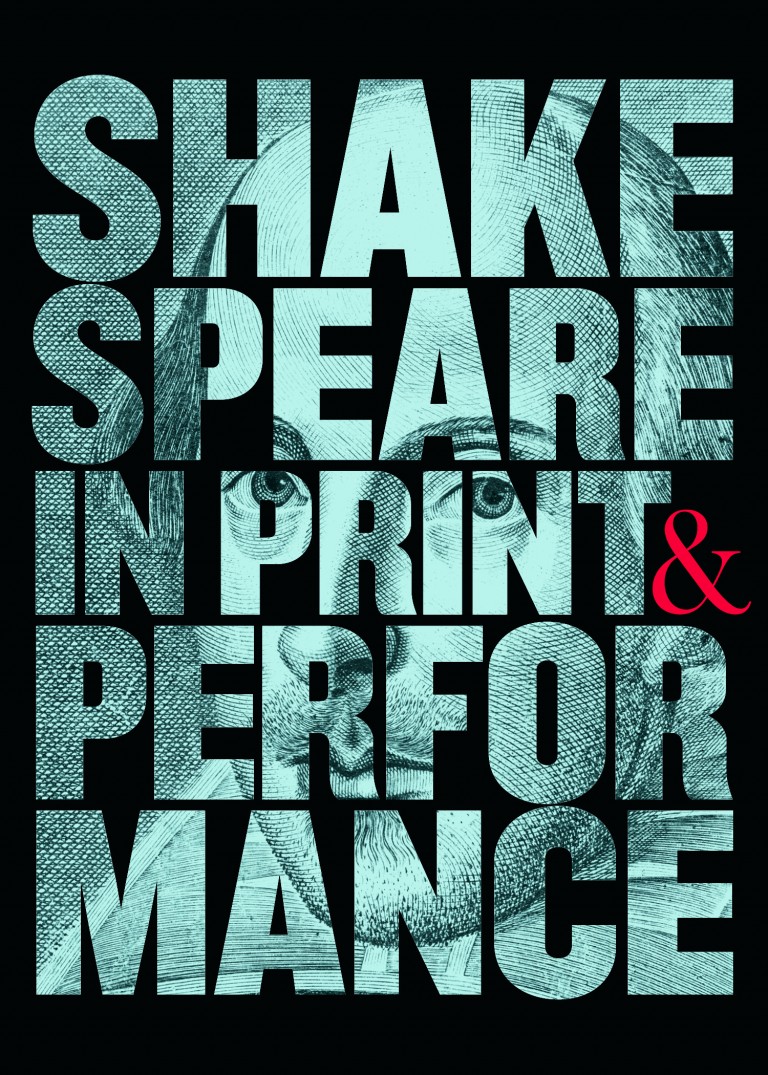“All the world’s a stage, and all the men and women merely players. They have their exits and entrances; And one man in his time plays many parts.” — As You Like It (Act II, Scene VII) For four centuries, Shakespeare’s comedies, histories, and tragedies have held up a mirror… read more
Hamlet
Shakespeare Film Series
The Ransom Center presents its Shakespeare Film Series in conjunction with the current exhibition Shakespeare in Print and Performance, on view through May 29, 2016.
“Der Bestrafte Brudermord”: A puppet version of “Hamlet”?
Tiffany Stern, Professor of Early Modern Drama at Oxford University, delivers the English Department’s Thomas Cranfill Lecture about her research on the play Der Bestrafte Brudermord (Fratricide Revenged) at the Harry Ransom Center this Thursday, January 16 at 4 p.m. Stern, the Hidden Room theater company, and the American… read more




